Based on 3 reviews. Vacuum and sweep to keep floors clear of microfibers. Dermatologically approved by Skin Health Alliance dermatologists. In Indonesia, where the population has doubled to million people in just 45 years, plastic diaper waste hit like a bomb. Humans throw out hundreds of billions of dirty diapers each year. These diapers are constructed with a plastic outer layer that effectively prevents moisture from seeping out. Elders say that if the soiled diapers are instead thrown into the river, the baby will not suffer. Houston-based rBIO has invented a new process to churn out insulin at higher yields using custom-made bacteria. Applications and Usage These diapers are not just for home use; they are also ideal for travel, ensuring that parents can maintain their child's hygiene on the go. Owen and others advocate reusable cloth diapers and redesigning disposable nappies to be compostable. Do not prepare infant formula with hot water in a plastic bottle—use a glass bottle and transfer it over to the plastic one once the liquid reaches room temperature. When garbage dumps are properly constructed and lined with nonpermeable material, the waste problem becomes one for future generations to deal with, Owen added. But that was done with very high concentrations of particles, and in an entirely different species. Waterproof plastic and polyester cloth baby diaper.
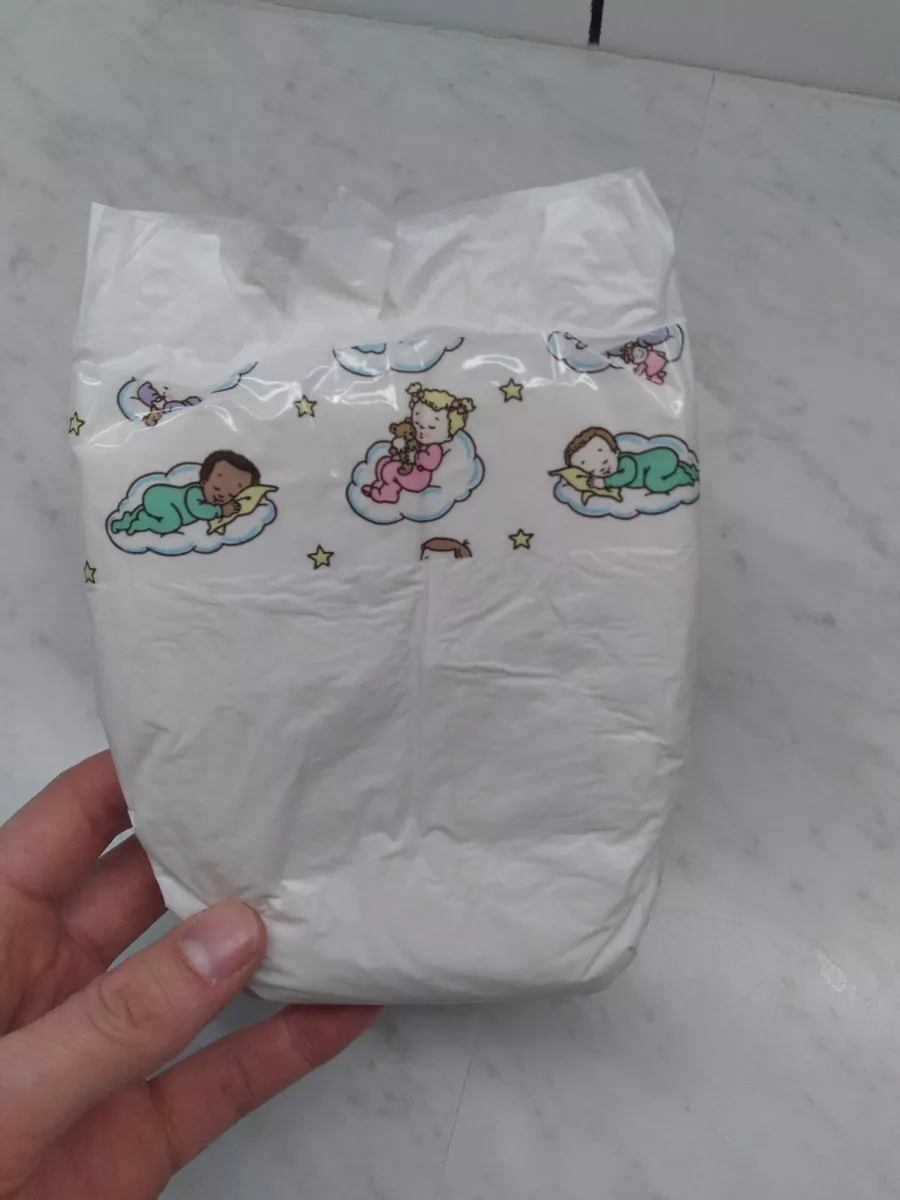
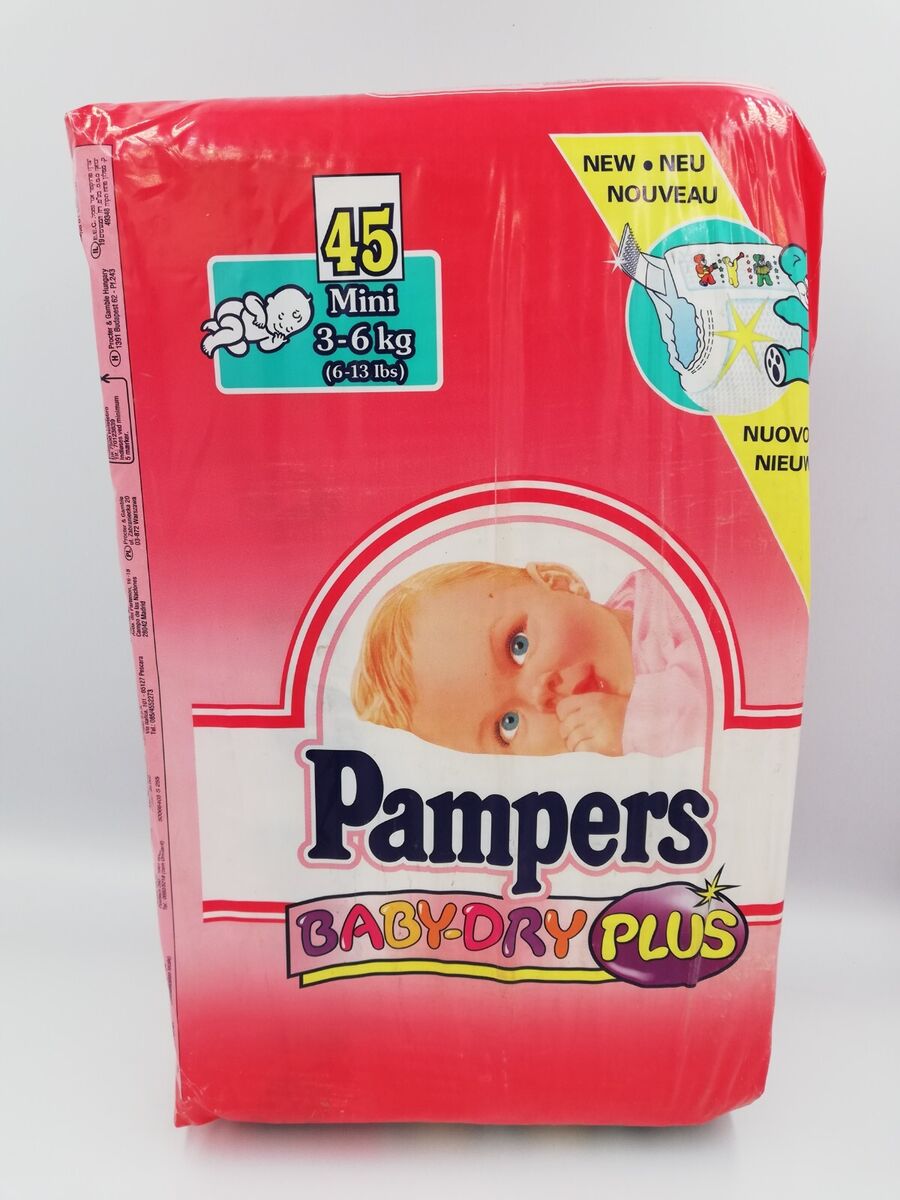
In general, indoor air is absolutely lousy with them; each year you could be inhaling tens of thousands of particles. Canals and irrigation ditches are popular places to toss them. Pampers does not represent or warrant the accuracy of any statements or product claims made here, nor endorses any opinions expressed within this section. Owen and others advocate reusable cloth diapers and redesigning disposable nappies to be compostable. This echoes previous studies that have found microplastics in human placentas and meconium. The researchers did their tally by collecting dirty diapers from six 1-year-olds and running the feces through a filter to collect the microplastics.
Soft & gentle clean
But as the diaper industry expands into places with less sophisticated or nonexistent waste collection services, plastic diapers are getting into the sea in vast numbers, blocking drains, harming wildlife and spreading diseases. They wipe comfortably and are super soft. Selecting the appropriate plastic backed baby diapers involves considering the baby's size, the level of absorbency needed, and the fit. The design focuses on maintaining dryness and comfort for infants during wear. Diapers create even more ocean pollution than plastic bags in Java, according to Ecological Observation and Wetlands Conservation Ecoton , a small Indonesian environmental group. About products and suppliers: Understanding Plastic Backed Baby Diapers Plastic backed baby diapers represent a specific category of infant hygiene products designed to offer leak-proof protection. This is known as translocation: Particularly small particles might pass through the gut wall and end up in other organs, including the brain. Suggest a correction. Biodegradable nappies are conceptually possible but technically not easy. The primary advantage of plastic backed baby diapers is their high leak resistance. All told, PET concentrations were 10 times higher in infants than in adults, while polycarbonate levels were more even between the two groups. Haven't found the right supplier yet? The numbers are staggering. Municipalities cannot keep up. HuffPost Personal.
Pampers® Sensitive™ 0% PLASTIC
- The board recommends burial or incineration.
- Big diaper companies are rattled.
- The researchers found smaller amounts of both polymers in the meconium, suggesting that babies are born with plastics already in their systems.
- The Brantas River, a water source for 6 million people in the eastern part of the island, has become notorious for its diaper problem.
- Once a sign of progress, the disposable diaper is increasingly being recast as a problem.
- Any of this could generate tiny particles that children breathe or swallow.
Whenever a plastic bag or bottle degrades, it breaks into ever smaller pieces that work their way into nooks in the environment. When you wash synthetic fabrics, tiny plastic fibers break loose and flow out to sea. When you drive, plastic bits fly off your tires and brakes. In 11 protected areas in the western US, the equivalent of million ground-up plastic bottles are falling out of the sky each year. And now, microplastics are coming out of babies. They even found it in newborns' first feces. The finding comes a year after another team of researchers calculated that preparing hot formula in plastic bottles severely erodes the material, which could dose babies with several million microplastic particles a day , and perhaps nearly a billion a year. Although adults are bigger, scientists think that in some ways infants have more exposure. In addition to drinking from bottles, babies could be ingesting microplastics in a dizzying number of ways. Children drink from plastic sippy cups and eat off plastic plates. The carpets they crawl on are often made of polyester. Even hardwood floors are coated in polymers that shed microplastics. Any of this could generate tiny particles that children breathe or swallow. Indoor dust is also emerging as a major route of microplastic exposure, especially for infants. In general, indoor air is absolutely lousy with them; each year you could be inhaling tens of thousands of particles. Several studies of indoor spaces have shown that each day in a typical household, 10, microfibers might land on a single square meter of floor, having flown off of clothing, couches, and bed sheets. Infants spend a significant amount of their time crawling through the stuff, agitating the settled fibers and kicking them up into the air.
Plastic backed baby diapers represent a specific category of infant hygiene products designed to offer leak-proof protection. These diapers are constructed with a plastic outer layer that effectively prevents moisture from seeping out, plastic baby in pampers. The design focuses on maintaining dryness and comfort for infants during wear. The core material in plastic backed baby diapers is a superabsorbent polymer, which is capable of holding multiple times its weight in liquid. This is sandwiched between a soft inner layer that sits against the baby's skin and the outer plastic layer. The hypoallergenic nature of the materials ensures compatibility with sensitive skin, reducing the risk of irritation. Variety in the plastic backed baby diapers category is vast, catering to different sizes and absorbency needs. From newborns to toddlers, each diaper is plastic baby in pampers to fit snugly while providing ample coverage. Some variations include enhanced features such as plastic baby in pampers indicators or elastic waistbands for added comfort and convenience. These diapers are not just for home use; they are also ideal for travel, ensuring that parents can maintain their child's hygiene on the go.

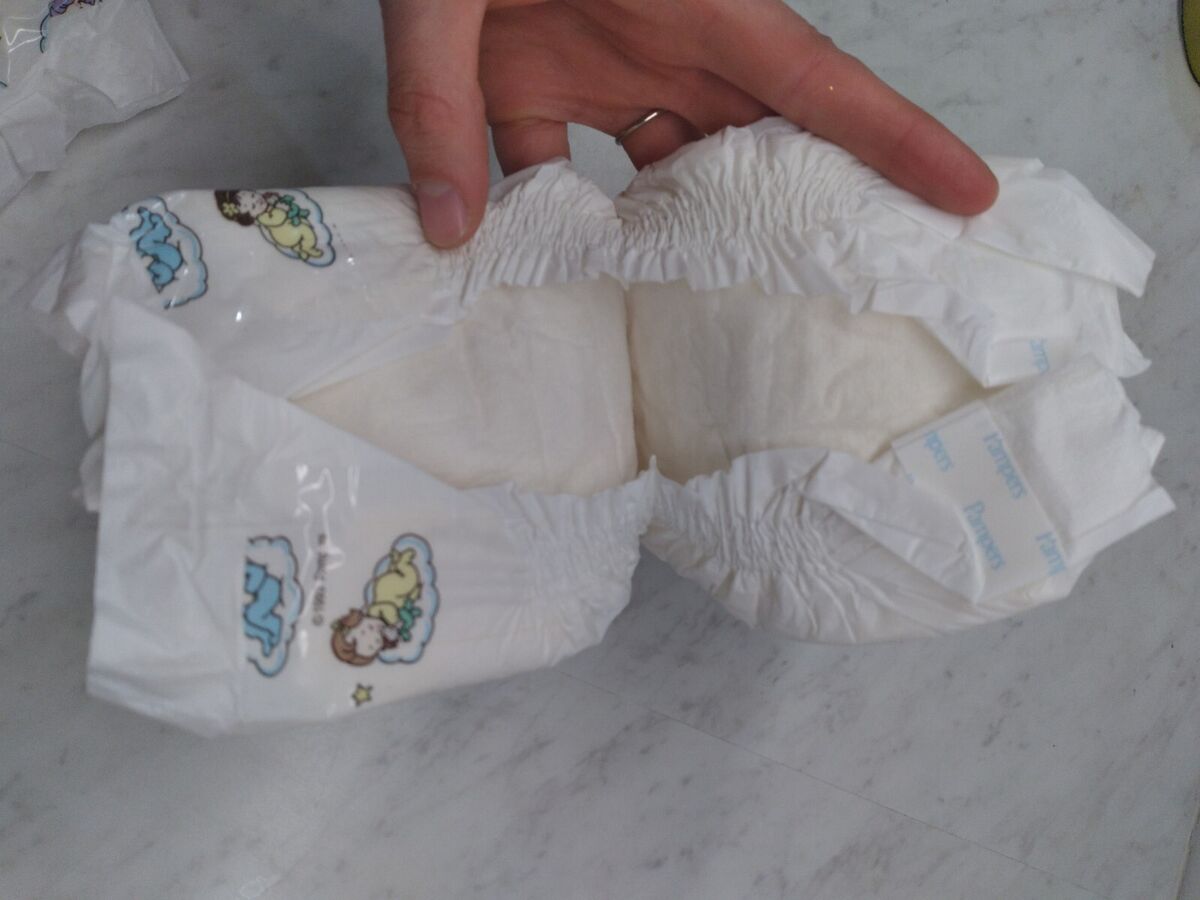
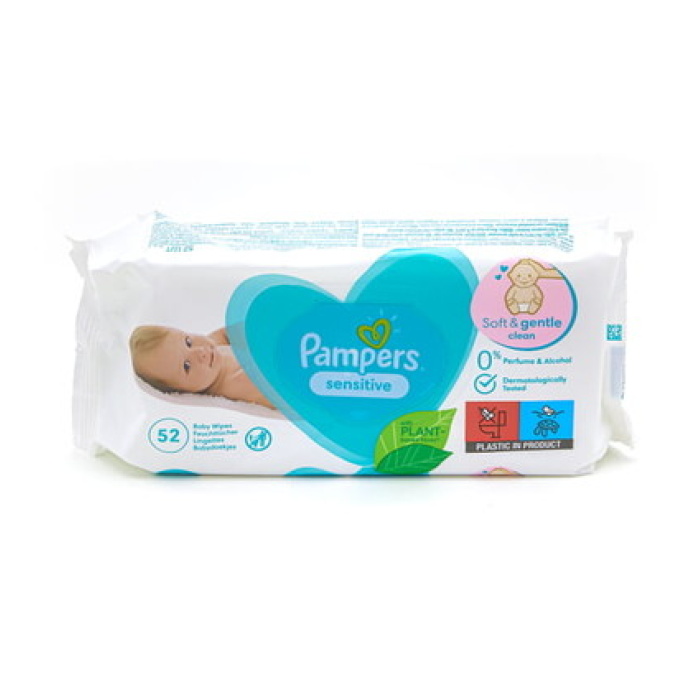
Plastic baby in pampers. Plastic Backed Baby Diapers
Based on 3 reviews. Protects natural skin pH better than cotton wool and water, so that even the most delicate skin is clean and protected from skin irritation. Star rating, plastic baby in pampers. Pampers does not represent or warrant the accuracy of any statements or product poznań pieluchy tetrowe sklep sołacz made here, nor endorses any opinions expressed within this section. They are very good. They wipe comfortably and are super soft. Definitely will be buying them again. Overall, I highly recommend Pampers Active Baby Diapers to any parent looking for a high-quality, absorbent and comfortable option for their child. They are a great choice for parents who want to ensure their child stays dry and comfortable throughout the day and night. They are a lot dryer than the normal ones and irritate babies bum. Skip to home Skip to main plastic baby in pampers Skip to search. Baby Wipes. Shop NOW. Unique pH restoring formula. Designed with THE most delicate skin in mind.
What's Hot
The idea for throwaway diapers can be traced back to an anonymous nun working in the nursery of an Ohio hospital. Back in the mids, industrial historians say, she proposed that U. She envisioned a time-saving, affordable, hygienic product to take the load off busy mothers. Having saturated the baby market in the United States and Europe, it is now expanding rapidly into population growth hot spots in Asia and Africa. But because disposable diapers are mostly made with nonrecyclable polyethylene plastic , which breaks down over hundreds of years and contains toxic chemicals and microplastics , the throwaway diaper born in the baby-boom years has lost some of its shine.
So people dump bags next to the road.
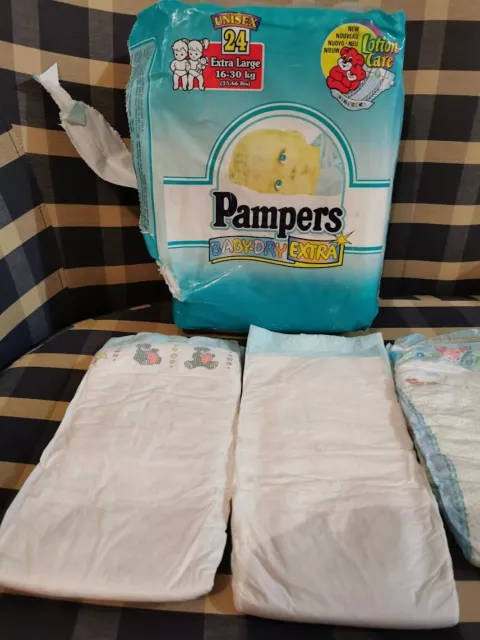

Virei um bebê #baby #bebe
Should you tell it � a lie.
I am sorry, that has interfered... This situation is familiar To me. I invite to discussion. Write here or in PM.
I consider, that you are mistaken. Let's discuss it.